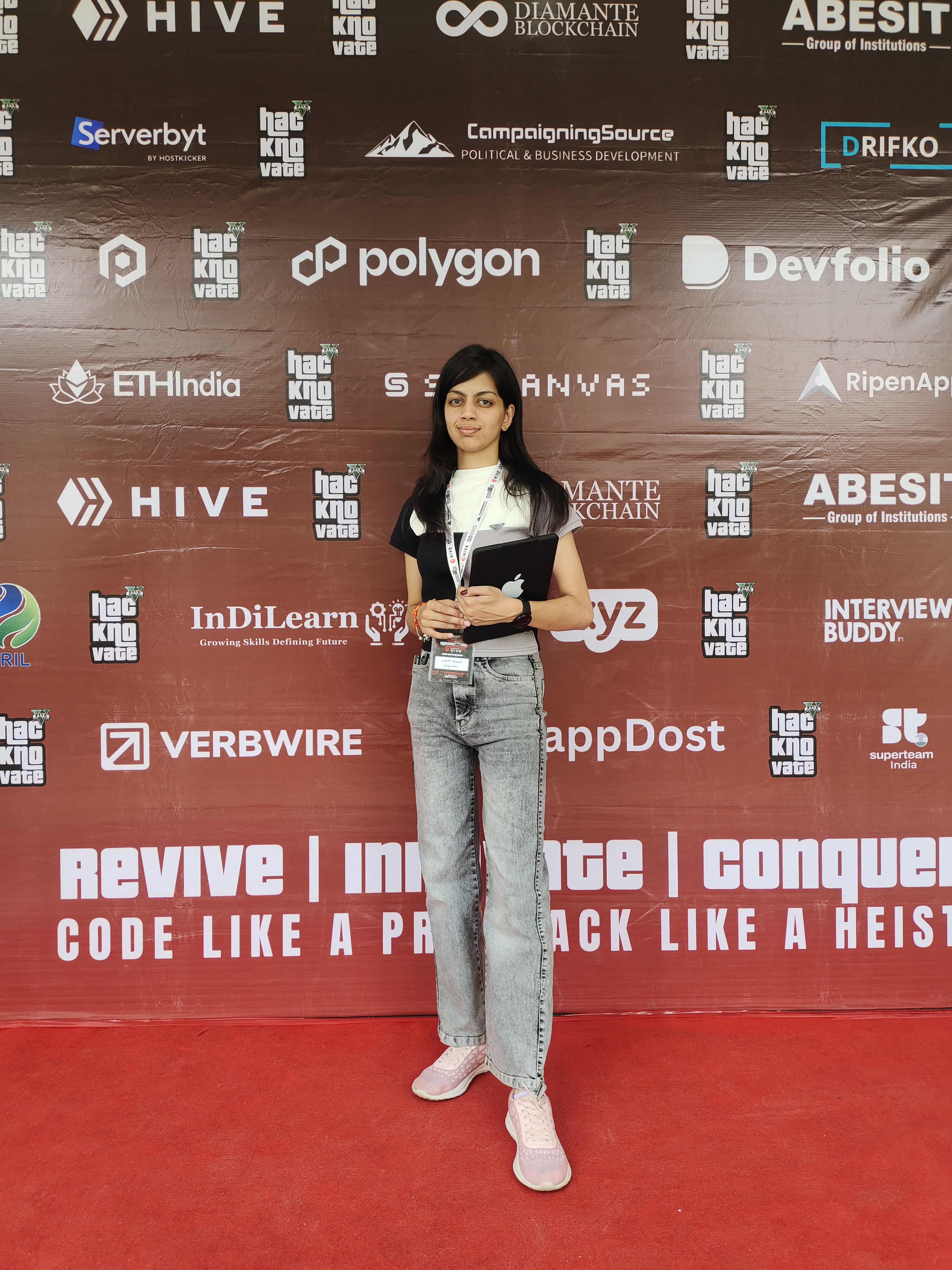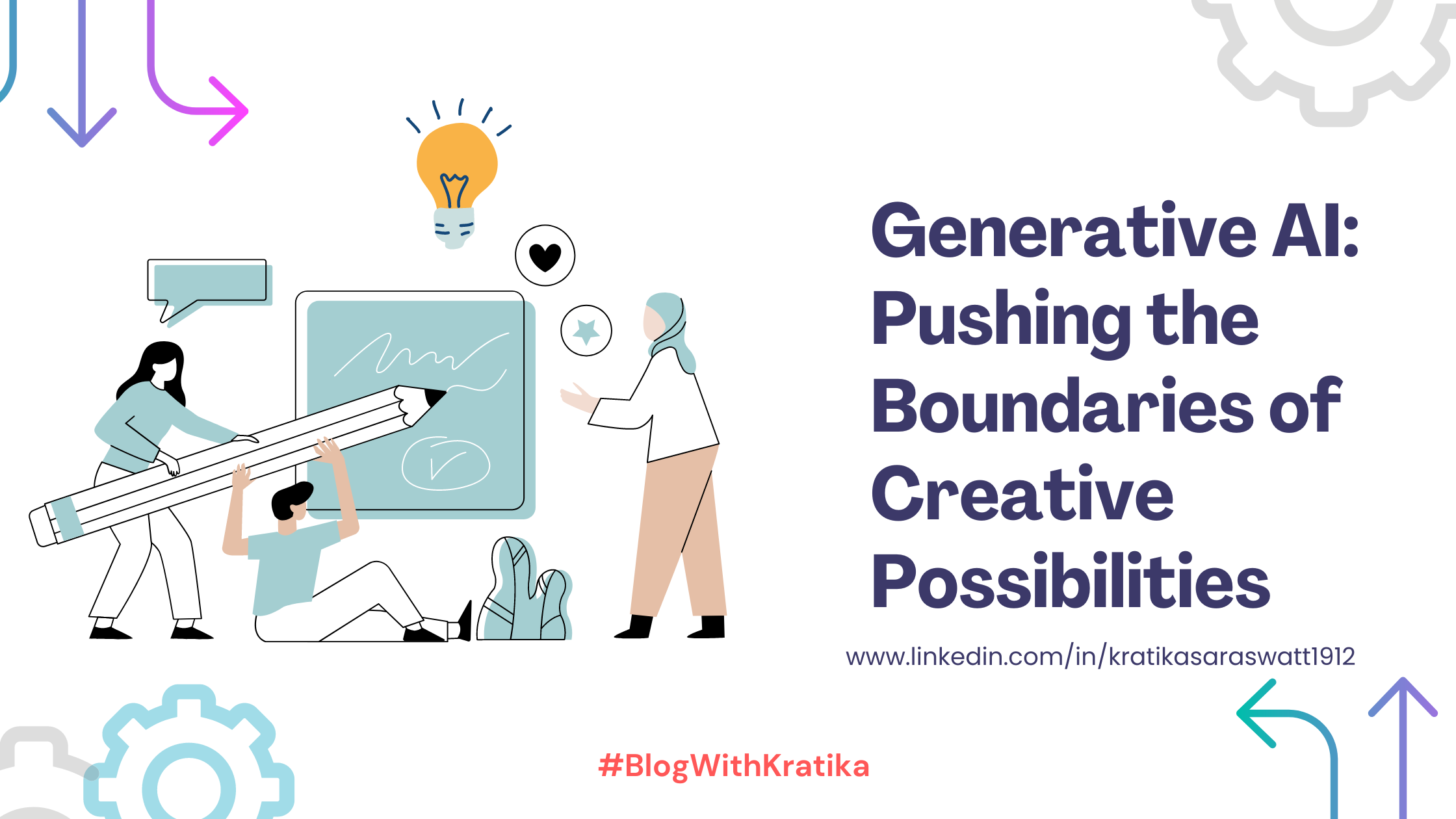Generative AI: Pushing the Boundaries of Creative Possibilities
 Kratika Saraswat
Kratika Saraswat
Introduction to Generative AI
Generative AI is a transformative branch of artificial intelligence that focuses on creating new content, be it text, images, music, or even complex designs, by learning patterns and structures from existing data. Unlike traditional AI, which primarily deals with classification, prediction, or analysis, Generative AI produces novel outputs that mimic the data it was trained on. This technology has evolved significantly over the past decade, with models like GPT-4, DALL-E, and StyleGAN leading the charge.
Generative AI models operate by leveraging neural networks, particularly those structured in layers, to learn and replicate the underlying distributions of the training data. This involves deep learning techniques, where the model refines its understanding through iterative processes, improving its ability to generate realistic and coherent outputs.
Applications of Generative AI
Generative AI's versatility makes it applicable across a wide array of industries and creative fields. Here are some key applications:
Content Creation
Generative AI is revolutionizing content creation by automating the production of articles, blogs, reports, and even poetry. Tools like OpenAI's GPT-4 can generate human-like text, making it easier for writers and marketers to produce content quickly and efficiently.
Visual Arts and Design
In the realm of visual arts, Generative AI can create stunning artwork and designs. Artists use models like DALL-E to generate images from textual descriptions, opening up new avenues for creativity and artistic expression.
Music and Audio
Generative AI is also making waves in music production. AI models can compose original music, provide accompaniment, and even generate lyrics. This technology is enabling musicians to explore new genres and styles without traditional constraints.
Healthcare
In healthcare, Generative AI is being used to generate synthetic medical images for training purposes, design new drugs by predicting molecular structures, and personalize treatment plans by analyzing patient data.
Entertainment
In gaming and film, Generative AI creates realistic characters, environments, and scripts, enhancing the immersive experience for users. AI-generated content is becoming a staple in the production of virtual worlds and interactive stories.
Technical Insights
Understanding how Generative AI works involves diving into the intricacies of neural networks and training processes. Here are some key technical aspects:
Neural Networks
Generative AI models are built on neural networks, particularly deep neural networks, which consist of multiple layers of interconnected nodes (neurons). Each layer processes input data and passes the output to the next layer, progressively extracting higher-level features.
Training Processes
Training a Generative AI model involves feeding it vast amounts of data and adjusting the model parameters to minimize the difference between the generated output and the actual data. This is typically done using techniques like backpropagation and gradient descent.
Types of Generative Models
There are several types of generative models, including:
Generative Adversarial Networks (GANs): Comprise two neural networks, a generator and a discriminator, that compete against each other to produce realistic data.
Variational Autoencoders (VAEs): Encode input data into a compressed representation and then decode it back to the original form, generating new data similar to the input.
Transformers: Used in models like GPT, they handle sequential data and are particularly effective in generating coherent and contextually relevant text.
Future of Generative AI
The future of Generative AI holds immense potential. Here are some predictions:
Advanced Personalization
Generative AI will enable hyper-personalization in various fields, from tailored educational content to customized healthcare treatments, enhancing individual experiences and outcomes.
Creative Collaborations
Artists, musicians, and writers will increasingly collaborate with AI, pushing the boundaries of creativity. AI will become a co-creator, offering new perspectives and ideas.
Improved Natural Language Understanding
Advancements in natural language processing will result in more sophisticated conversational agents and virtual assistants, capable of understanding and generating human language with high accuracy.
Ethical and Responsible AI
As Generative AI becomes more prevalent, ethical considerations will play a crucial role. Ensuring AI-generated content is fair, unbiased, and transparent will be essential to prevent misuse and build trust.
Generative AI in Everyday Life
Generative AI is already making a significant impact on everyday life. Here are some examples:
Virtual Assistants
AI-powered virtual assistants like Siri, Alexa, and Google Assistant use generative models to understand and respond to user queries, making daily tasks easier and more efficient.
Social Media
Generative AI is used to create engaging content for social media platforms, from automated posts to personalized recommendations, enhancing user experience and engagement.
E-commerce
In e-commerce, AI generates product descriptions, reviews, and personalized shopping suggestions, helping customers find what they need more quickly and accurately.
Education
Educational platforms leverage Generative AI to create interactive learning materials, provide instant feedback, and adapt to individual learning styles, making education more accessible and effective.
In conclusion, Generative AI is a groundbreaking technology with far-reaching implications. Its ability to generate new and innovative content is transforming industries, enhancing creativity, and improving everyday life. As the technology continues to evolve, it promises to bring even more exciting developments and opportunities.
Subscribe to my newsletter
Read articles from Kratika Saraswat directly inside your inbox. Subscribe to the newsletter, and don't miss out.
Written by
